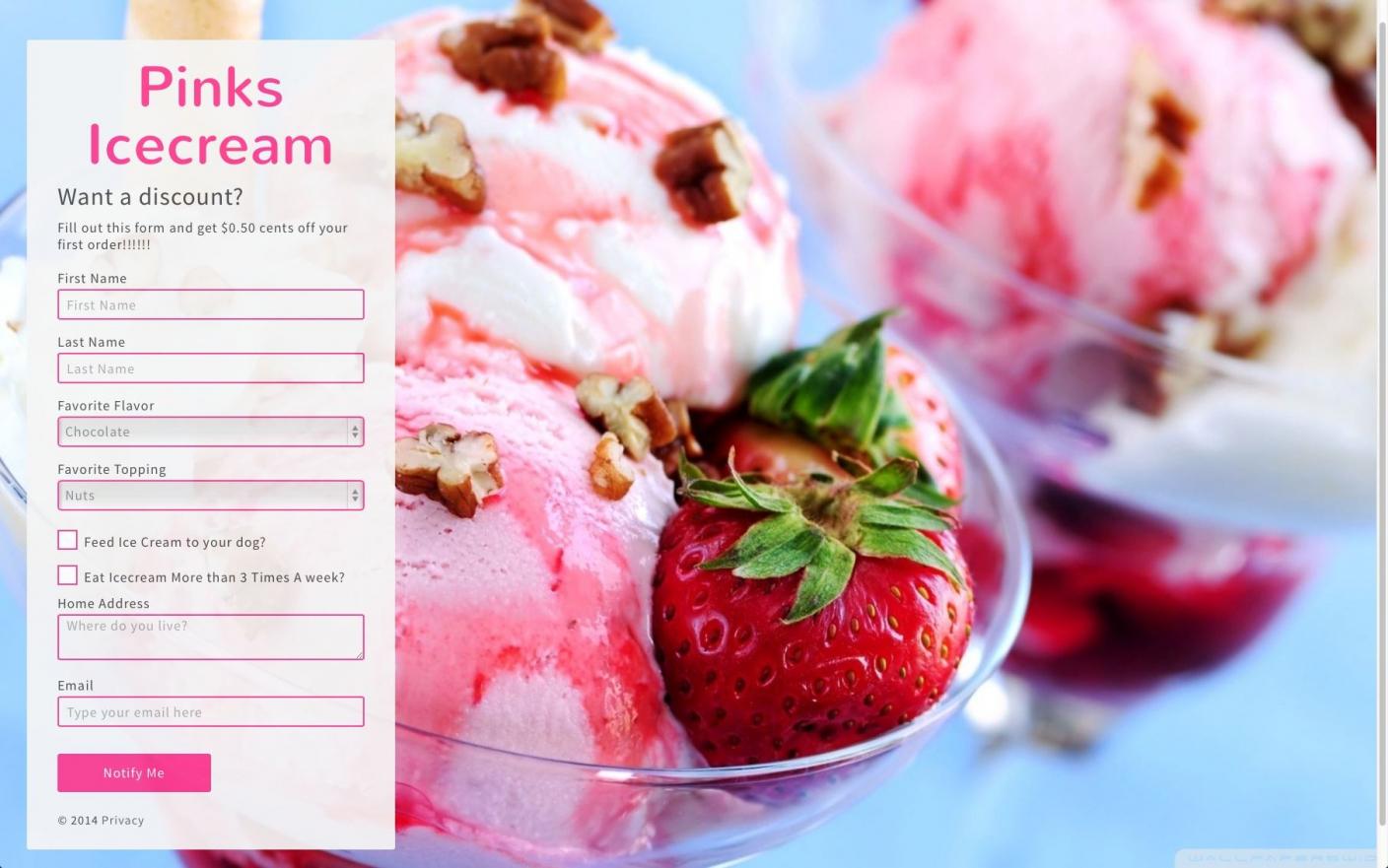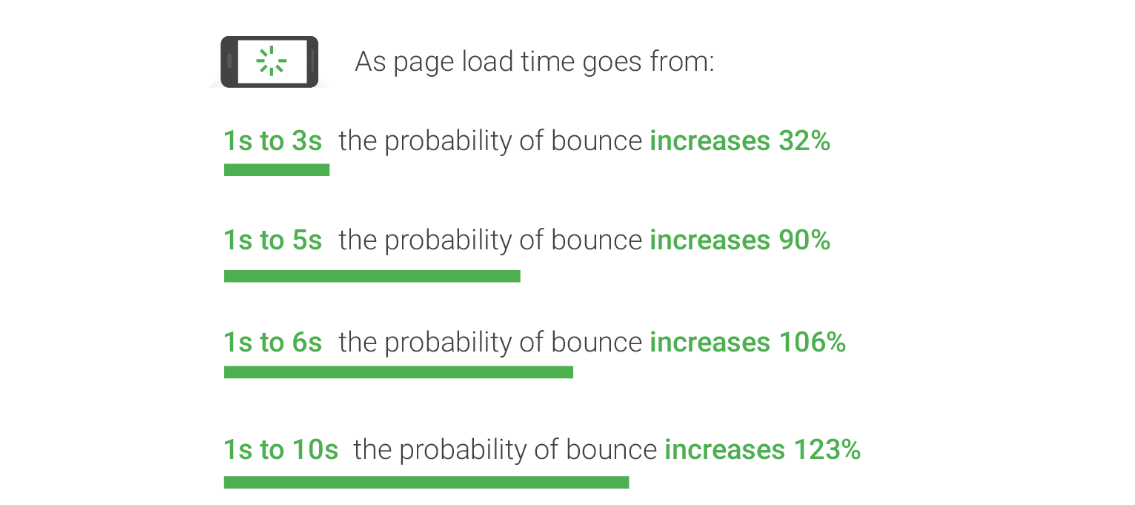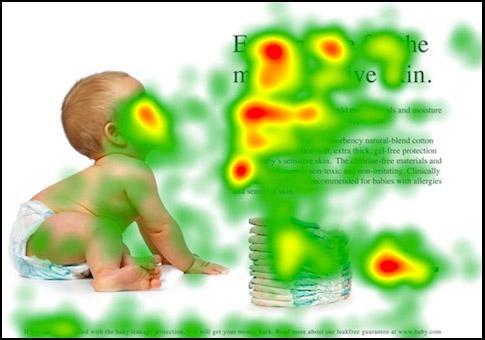Every marketer knows that first impressions matter. A popular personal care product ad from the 80s stated that people rarely get "a second chance to make a first impression.”
The Head and Shoulders shampoo ad slogan might not be accurate in the physical world, but it is an innovative sales technique. Every single day, billions of online customers walk right into an e-commerce business via a post-click landing page and then walk right off.
Most landing page users never make it to a site's thank you page. This phenomenon, known as the bounce rate, affects almost nine out of every ten visits to an average landing page.
Definition of Bounce Rate
A landing page's bounce rate refers to the number of visitors that visit a page, then leave without making a response to its call to action. It is the tally of single-page sessions in contrast to all other website sessions. Website visitors that make up the bounce rate will not fill in an opt-in form or click through to a corresponding page.
They simply land on your page and decide that it is a no for them. Bounce rates are synonymous with website pages. To succeed in the world of e-commerce, attracting curious visitors is not enough. You must also make them stay and spend their money on your goods and services.
Is There a Healthy Landing Page Bounce Rate?
High bounce rates generally occur when your landing is not meeting its key role; lead capture. It could be a sign that visitors are bouncing off your lead capture pages because:
- The information displayed is deceptive
- The steps towards attaining your offer are too arduous
However, a high bounce rate is not always a sure sign that your prospects are not satisfied with the offer on your page. They could also abandon your page because they navigated to it unintentionally.
Bounce rates are therefore subjective. The most common web page bounce rate counter is Google Analytics. This useful application can highlight metrics like time spent on site, average pages per visit, and the number of visitors received.
You can, therefore, use Google Analytics to balance the tradeoff between user engagement and bounce rates. Most web pages have a bounce rate of 26% to 70%. A healthy post-click landing page bounce rate should be lower than that of most other webpages if it is free of outbound links and other page distractions.
Seven Ways to Improve your Landing Page Bounce Rate
1. Make a Great First Impression

Source
Research shows that not only is it easier to lose a reputation than it is to gain one. But changing an unpleasant first impression is quite often an uphill task.
Couple this to the idea that users only stay on a website for an average of 15 seconds, and you have quite a task at hand. Design your landing page so meticulously that it captures and generates interest in readers in that amount of time, to lower your bounce rate.
So, how can you make a great first impression? Address all web design problems that will not only repulse your visitors but also slow down your page's loading time. You can build a better landing page by;
- Using modern landing page design elements. As an illustration, a high-quality card design decreased this Solitaired.com's bounce rates by 28%
- Keeping it simple and free from unnecessary elements
- Aligning the hierarchy of elements to ensure easy navigation to the CTA
- Giving the ad, page, and site a consistent look
- Ensuring that your landing page display is optimized for all devices
- Using conventional design elements that online users are familiar with
2. Post Accurate Information on Ads and Landing Page
Most of your online visitors will not find it cool or funny if your landing page's CTA and ads do not scale. They will feel deceived if they click a PPC or email template link only to find that the message does not match nor meets their expectation.
There should be a message match between your ad and your landing page content and offer.
Both items should also have identical branding features, colors, call to action, and featured images. This ensures that the promise made on the email or ad is delivered on the landing page to cut down on bounce rates.
3. Avoid Intrusive Landing Page Forms

Source
A study by Social Triggers on the psychology of choice proves that a simple form will capture more leads than a 'formzilla' will. The study done on two successive Saturdays in an upscale supermarket had 24 flavors of jam on offer for tasting on the first Saturday.
The second weekend had six flavors of jam available. While 60% of the visitors to the stand tasted the jams on the first day, the choice options were so overwhelming that only 3% of them bought some jam.
The second Saturday had 40% of the shop's visitors visit the stand but higher sales. 30% of these shoppers took some jam home with them. Too many options can be intrusive, especially on a landing page form. Build forms that only solicit the most essential of data to increase your odds of attracting more converting visitors. If you need to collect a lot of information from your leads, build a multi-step process, or make an offer worth the trouble of filling out a formzilla.
4. Target the Right Customer
To lower the chances of attracting the wrong leads, which translate to high bounce rates, target a closely-knit audience with your ads or email marketing.
Touch on the aspirations and pain points clearly, and your advertising ROI will be higher. Every service and product has an audience, and your job is to segment that audience and offer them relevant and irresistible offers. Ensure also that your landing page's experience is highly relevant to all your audiences.
5. Increase your Page Loading Speeds

Source
Slow page loading speeds are a major contributor to high landing page bounce rates. Do you know that 53% of your landing page visitors will abandon it if it takes over three seconds to load? Slow page loading speeds are very detrimental to a page's conversion rates. Google says that slow page loading speeds are the principal cause of high bounce rates.
The search engine also warns that most mobile pages are too bloated with elements, making them slow to load. So how can you increase your landing page loading speeds?
- Cut down on-page elements. Over 79% of webpages are over 1MB in size. 3G connection speed tests show that a 1.49MB page will take over 7 seconds to load. This loading page speed increases bounce rates by 123%.
- Use fewer product images. Logos, favicons, and images will make up over two-thirds of your landing page's size.
- Use less JavaScript in design since it takes longer to load
6. Make Your Call to Action Highly Visible

Source
Highly converting landing pages use a very clear call to action elements and language. It is very easy to obscure your CTAs with your page's design or placement of elements. Your featured image, navigation menu, and sidebar should not receive more attention from your visitors than your CTA. Your call to action button should nab and lure eyeballs at first sight.
It should also not look like an ad because online users are used to ignoring annoying pop-up and banner ads. Avoid banner blindness by placing the CTA button at the right spot and giving it the right colors. Data shows that a CTA in a prominent location on a landing page will increase conversions by 600%. You can make your CTA highly visible by;
- Using contrasting colors for the button
- Using white space to draw the eye towards the button
- Using short, familiar, and action-oriented words for the CTA
- Making the button large enough to stand out but not too large to distract the page flow
- Use an 'F' shape page layout that places the CTA on your landing pages lower right-hand side
7. Make Your Page Skimmable
Content writers know that the art of writing is difficult. Reading also is almost as difficult as writing. Most online readers will scan parts of a web page rather than read it in full. Your landing page copy, therefore, has to be skimmable to encourage readers to go through it. If it is a compact mass of sentences, they will bounce and miss your offer. Optimize your page for legibility and use decorative fonts sparingly.
Conclusion
If your landing page's bounce rate seems too high for you, use the tips above to optimize it. You can assess your page's content for any technical issues that may increase bounce rates using tools like heat maps or session recordings. You can also use A/B testing software to increase conversions.
Give your landing page users the best user experience by making the perfect first impression. Use the right page elements, optimize your pages for high loading speeds, and deliver on all promises made. Your bounce rate worries will be history.



Leave your comments
Post comment as a guest